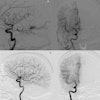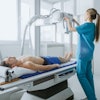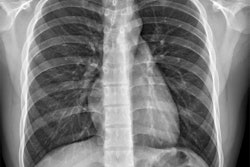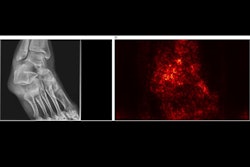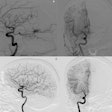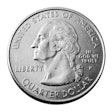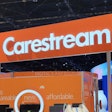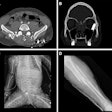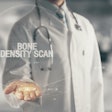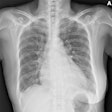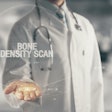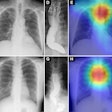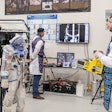Using AI to analyze chest x-rays could be a cost-effective way to screen for osteoporosis in U.S. women ages 50 and over, researchers have reported.
The finding is from a study that considered the costs of an opportunistic screening strategy with a deep-learning model and existing chest x-rays and highlights the potential of AI to improve early detection, noted lead author Mickael Hiligsmann, PhD, of Maastricht University in the Netherlands, and colleagues.
“With the growing osteoporosis burden due to the aging population in the U.S. and the important treatment gap, it is important to find solutions to detect patients at risk,” the group wrote. The study was published August 6 in the Journal of the American College of Radiology.
Although dual-energy x-ray absorptiometry is available and recommended for detecting the disease in patients over 65 years of age by the United States Preventive Services Task Force, osteoporosis remains underdiagnosed, the authors explained.
Meanwhile, deep-learning models applied to chest x-rays obtained for other clinical reasons have shown promise in opportunistic osteoporosis screening, particularly among middle-to-older-aged individuals, they added.
Thus, in this study, the researchers explored whether AI-driven screening could serve as an alternative and complementary technique to identify at-risk patients earlier and cost-effectively. They used software (TreeAge Pro 2024 R1.0) to develop a two-part economic model: a decision tree to outline the screening pathways and a Markov microsimulation model to project long-term costs and outcomes.
Their scenario considered the cost-effectiveness of opportunistic screening using chest x-rays analyzed with deep learning, followed by treatment, compared with a scenario with no screening and treatment. Based on five million individual simulations, the model estimated total healthcare costs, fractures, life years, and quality-adjusted life years (QALYs) for both scenarios.
According to the results, the opportunistic screening strategy improved health outcomes, yielding more QALYs and fewer fractures, while increasing treatment costs. The cost per QALY gained of opportunistic screening was estimated at $72,085 per QALY gained among women over 50 years old, which remains below the U.S. cost-effectiveness threshold of $100,000 per QALY, the researchers noted.
“The study results indicate that opportunistic osteoporosis screening using chest radiographs enhanced by deep learning, followed by appropriate treatment, represents a cost-effective intervention for U.S. women aged 50 years and older,” the group wrote.
Ultimately, demonstrating the cost-effectiveness of AI-driven screening could play a key role in influencing reimbursement decisions and encouraging the adoption of AI tools in clinical practice, the authors suggested. Policymakers could leverage the evidence to prioritize funding for AI-driven healthcare solutions that reduce long-term healthcare costs associated with osteoporotic fractures, they added.
“These findings highlight the public health potential of AI-driven screening to improve early detection and address gaps in osteoporosis care,” the researchers concluded.
The full study is available here.

